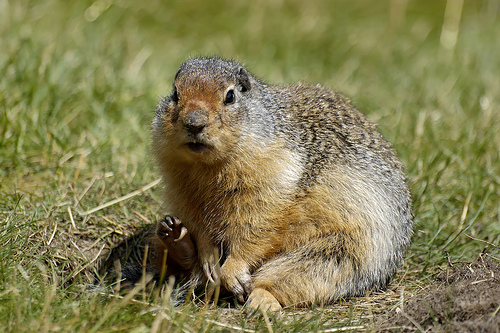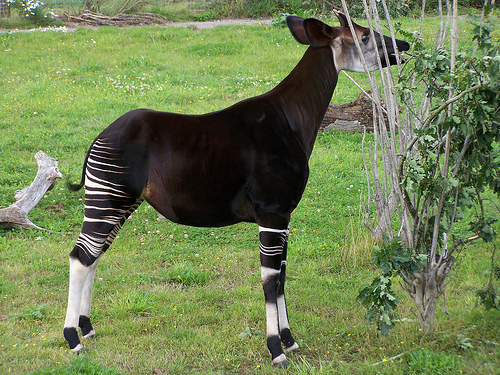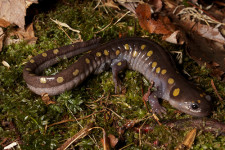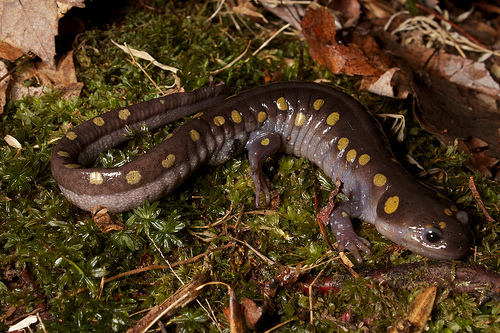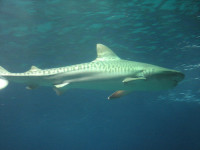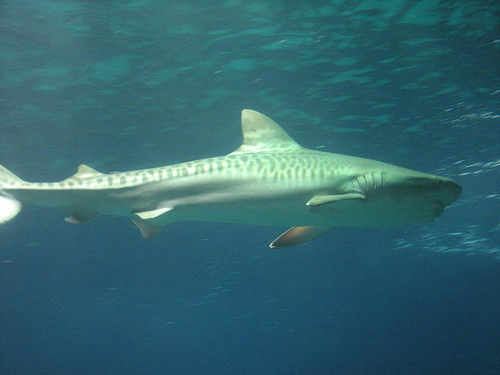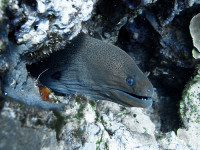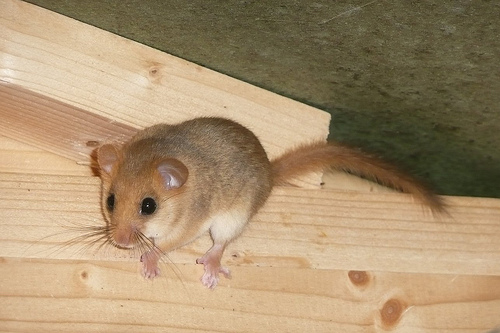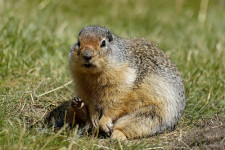
What secret underground gopher networks have you stumbled upon?
- Gopher rodents are 35 species of mammal, notable for creating and living in tunnel networks underground.
- Gophers are the family group with the scientific name Geomyidae, and they are native to North America and Central America.
- ‘Gophers’ are also known as ‘pocket gophers’ due to the pouches they have in their cheeks, and the term is occasionally used to refer to some of the Sciuridae family’s ground squirrels.
- Gophers grow to be 12.7 to 35.5 centimetres (5 to 14 inches) in length and range from 220 to 1000 grams (0.5 to 2.2 pounds) in weight.
- Gophers typically live up to three years in the wild, although some reach up to seven years.
Gopher
Image courtesy of Sebastian Bergmann/Flickr
- Gophers have brown, dirt camouflaging fur, long teeth, and a tail that is short.
- Gophers are prey to weasels, owls, hawks, badgers, snakes and other animals.
- Gophers are often classified as agriculture and domestic yard pests, as the burrowing under soil can make a visible mess, and they sometimes eat and destroy plants and crops.
- Gophers are solitary animals and the females give birth to between two to five offspring at one time, that initially can not see.
- The diet of gophers primarily consists of tubers and roots, as well as vegetables, and other plant material, that they store in their burrows, and they use their cheek pouches to carry their food.
Bibliography:
Gopher, 2014, Wikipedia, http://en.wikipedia.org/wiki/Gopher
Myers P, Geomyidae, 2001, Animal Diversity Web, http://animaldiversity.ummz.umich.edu/accounts/Geomyidae/
Pocket Gophers, 2014, National Wildlife Federation, http://www.nwf.org/wildlife/wildlife-library/mammals/pocket-gophers.aspx




